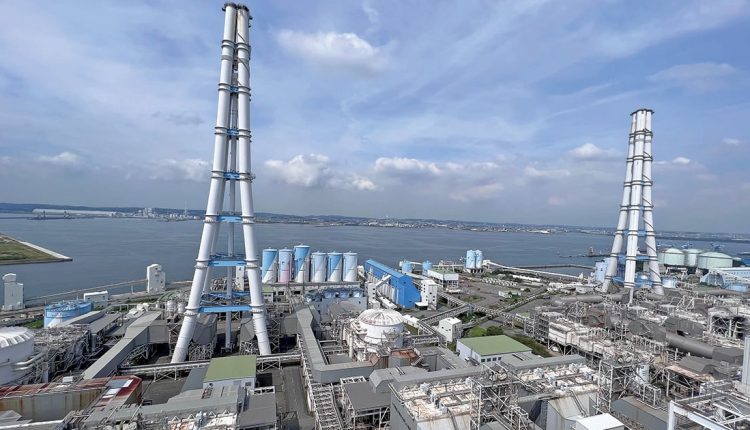Part of Japan’s conundrum is that the country exports about half of the 10 million vehicles its factories produce every year. If stringent life cycle carbon regulations in those export markets should preclude manufacturing vehicles with dirty energy in Japan, it could hit the country’s economy hard.
And if that export volume is lost, it could cost Japan up to 1 million jobs, Toyoda warned.
“Carbon neutrality is tantamount to an issue of employment for Japan,” Toyoda said. “Some politicians are saying that we need to turn all cars into EVs, or that the manufacturing industry is an outmoded one. But I don’t think that is the case. To protect the jobs and lives of Japanese people, I think it is necessary to bring our future in line with our efforts so far.”
As a result, Japan’s response is a multipronged approach. While stepping up its action on full EVs, it is also preparing hydrogen vehicles and e-fuel combustion technologies. Carmakers here even envision a future of hybrid vehicles running on engines powered by synthetic fuels.
Toyota is testing hydrogen combustion as a possible technology of tomorrow — a development that could give parts makers for existing internal combustion engines an extra lease on life in the carbon-neutral age.
Toyoda himself coined the phrase “carbon is our enemy” as a way to highlight the idea that combustion in itself isn’t always bad — as long as it doesn’t emit CO2.
Other equally cutting-edge technologies are going through trials in Japan, such as ammonia firing at Hekinan. Not far from that power plant, Toyota Group supplier Denso Corp. is developing a way to capture and reuse CO2 as an energy source at one of its factories.
The method, called carbon dioxide circulation, combines the waste emissions with hydrogen to produce methane that, in turn, can help power operations. Denso is piloting carbon dioxide circulation at its Anjo plant, where it makes next-generation technologies for EVs.
Toyota, which has pledged to go carbon neutral by 2050, is advancing the fuel cell technology used in its Mirai hydrogen-powered sedan in a new electrolysis system. The setup uses electricity from wind and solar power to split water and make hydrogen to fire a plant’s gas furnace.
Similar carbon-cutting campaigns are being carried out across Japan.
Mazda is developing bioethanol fuel as a path to carbon-neutral combustion. In March, Mazda began a push to install solar panels across unused land in Japan to generate electricity to eventually power plants for the carmaker and its suppliers.
Nissan, meanwhile, introduced “closed loop” recycling in producing the Rogue and Qashqai crossovers. It involves recycling aluminum to achieve a 90 percent reduction in the energy needed to make the same stamped parts.
These small steps are just a start. Over the years, they will take Japan’s carmakers closer to the 2050 end zone. But going fully carbon neutral by then will likely require giant leaps as well.


